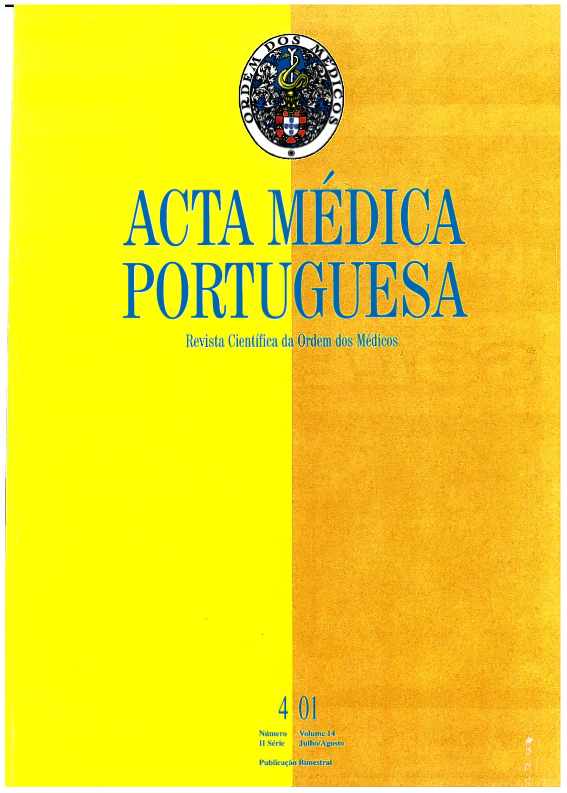Evaluation of analgesia after cesarean section.
DOI:
https://doi.org/10.20344/amp.1864Abstract
The aim of this study was to evaluate the efficacy of post-caesarean analgesia comparing three techniques most frequently used.For three months all pregnant women submitted to elective or urgent caesarean section, under general or regional anaesthesia, were evaluate with a total of 129 parturient. These parturient were divided into three groups with different techniques of postoperative analgesia: Group 1 (n = 26) received intravenous pethidine and paracetamol per os, group 2 (n = 58) received epidural morphine and group 3 (n = 45) epidural morphine and intravenous propacetamol. Pain was assessed at rest and during mobilisation using a scale of 0-without pain, 1-mild pain, 2-moderate pain and 3-severe pain. Overall satisfaction was assessed with a verbal qualitative scale of very good, good, sufficient and bad. Side effects were analysed.The records of pain at rest and during mobilisation were significantly lower with epidural analgesia compared with intravenous pethidine. There were no significant differences between groups 2 and 3. Similar results were observed in the degree of satisfaction. For 50% of parturient of epidural analgesia (groups 2 and 3) and only 4% of intravenous pethidine (group 1) the analgesic technique was very good. Propacetamol and epidural morphine (group 3) had better pain scores (very good and good) when compared with morphine alone (group 2) but there were no significant differences. Epidural morphine was associated with more pruritus.From this study we are able to conclude that epidural morphine offers a good quality of analgesia with better satisfaction and minimal side effects.Downloads
Downloads
How to Cite
Issue
Section
License
All the articles published in the AMP are open access and comply with the requirements of funding agencies or academic institutions. The AMP is governed by the terms of the Creative Commons ‘Attribution – Non-Commercial Use - (CC-BY-NC)’ license, regarding the use by third parties.
It is the author’s responsibility to obtain approval for the reproduction of figures, tables, etc. from other publications.
Upon acceptance of an article for publication, the authors will be asked to complete the ICMJE “Copyright Liability and Copyright Sharing Statement “(http://www.actamedicaportuguesa.com/info/AMP-NormasPublicacao.pdf) and the “Declaration of Potential Conflicts of Interest” (http:// www.icmje.org/conflicts-of-interest). An e-mail will be sent to the corresponding author to acknowledge receipt of the manuscript.
After publication, the authors are authorised to make their articles available in repositories of their institutions of origin, as long as they always mention where they were published and according to the Creative Commons license.









